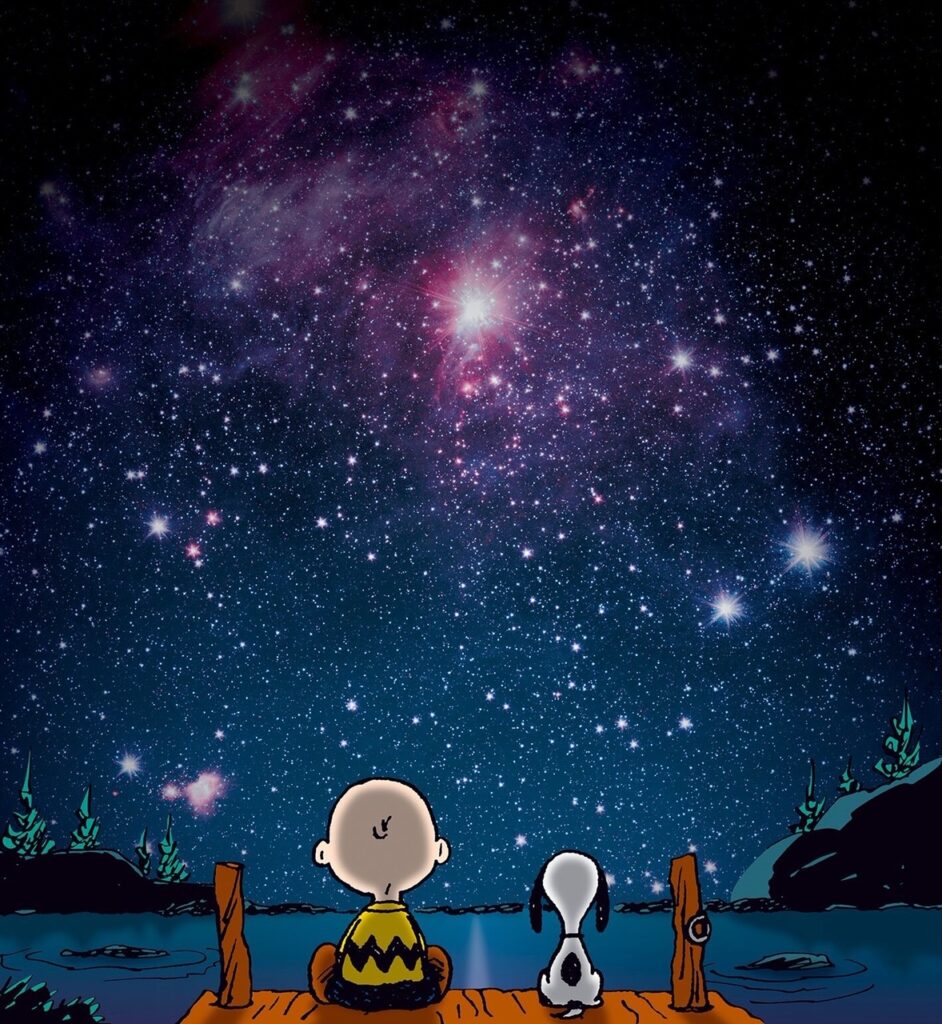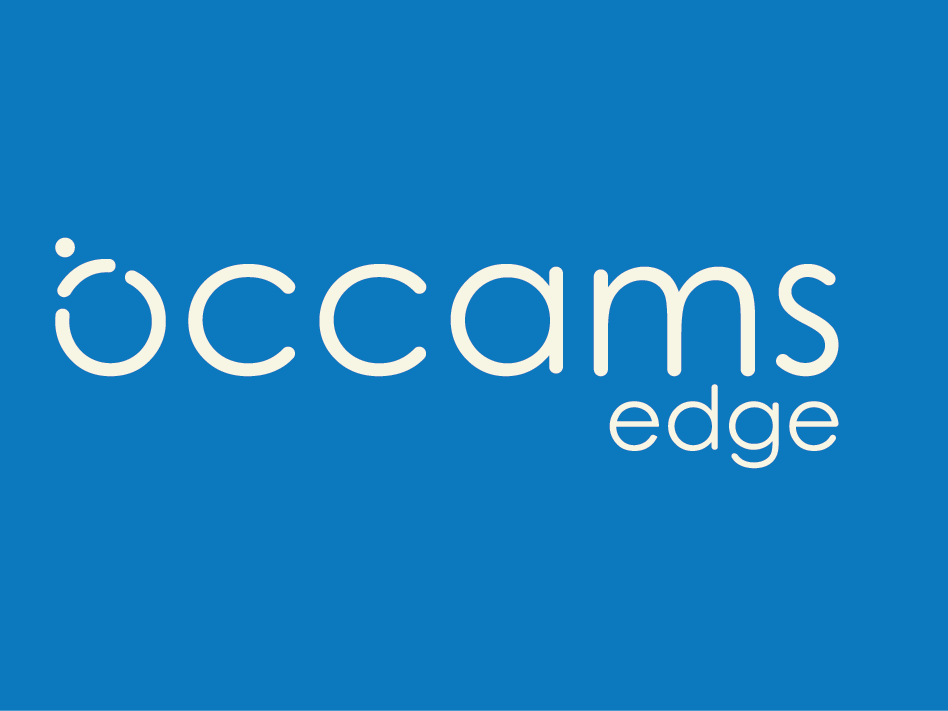
Our emerging framework for dealing with complexity, based on our research, identifies four components that influence behavior in an organization: Strategy, Decision Rights, Structure, and Communication. Each of these areas impact behaviors, either individually, in teams, or as leaders. Our research indicates that individual behavior is the most important driver of performance and the most consequential obstacle to achieving success. The tenet of individual behavior is embodied in organizational culture.
When you join an organization, there is always a reason. Whether it’s professional or personal, you joined because something or someone in that organization appealed to you and you wanted to be a part of it. That appeal means you felt you identified with the organization, believed you would fit in and that you would both add and get value from the experience.
On the flip side, the reverse is also true and in those circumstances, you didn’t join or you joined for a while and then realized the fit was not a good one and left. Of course, this feeling of “fit” and “belonging” is a two way street between you and the individuals in the organization. So, what is this mystical “thing” that creates belonging and good fit? It is organizational culture.
Culture isn’t the same in every organization and nor should it be. However, there are some key characteristics that are involved and should be established at the onset. Those organization-wide basics (I call them the “ForHs”) are:
- How things are done
- How people are empowered
- How continuous learning happens
- How we honor, recognize and support each other
It is critical that these basics are clearly communicated, understood and embraced by all who make up the organization’s ecosystem. It is also critical that these basics should have the flexibility to stretch and flex to stand the test of times of change, growth and crisis.
Right, easy for me to say but if you are still reading, you need me to go beyond this “simplistic” (Blog post “Simple vs Simplistic, July 10, 2020) narrative to something simple, yet effective, and actionable which in turn makes positive change that you can see.
The ForHs make up a universe of possible rules, values, and behaviors. Let’s scenario plan how a refresh and reset of corporate culture could be actioned. I would suggest getting a cross functional but small group of highly motivated individuals together. These individuals should also be a mix in terms of ethnicity, gender, LGBTQ, generation, experience and seniority. Let’s include skeptics at the table too and an added bonus: if the CEO is at the table and participates with enthusiasm and openness.
Think about kids who are handed paint and paper and told to have fun painting. The possibilities are endless!
Getting started is always the hardest part so to make it easy, the very first goal should be to chronicle the Culture ForHs of the organization. It doesn’t have to be a science project or end with a fancy presentation. It’s literally everyone contributing to capture the current state. It helps to think about the framework of the ForHs in two buckets for each category, tangible and intangible. Start with the tangibles as those are concrete and therefore somewhat easier to tackle.
An example of the tangible bucket in “How things are done”, include the rules, expectations and policies often codified in official documents such as employee manuals. Examples include safety and security standards, code of employee conduct, training, recruiting practices, on-boarding practices, reward and recognition, career development, etc. After capturing the current state the next step is to debate and align around. Are these still the right rules, are the consequences for straying from these tangible norms relevant today and how are they enforced? It is so important to not only say that as an organization we are committed to the fairness, protection and well being of our people, it has to be shown in action. So as you can see tangible policies and actually following them equally to and for everyone matters deeply.
The intangible bucket for each of the ForHs is harder because this is where magic happens. It’s the really impactful and empowering piece. This is where a huge shift can be made in the enhancement of an organization’s culture and empowerment of its people.
One way to start the process is to ask people to transparently articulate what they believe the organization stands for. Basically, what are our beliefs, values, and attitudes? What are we all about as an organization? Then have everyone put what they feel is their “elephant in the room” on the table. It’s important to encourage this because it is in the unspoken that the real nuggets of change exist. I love working with senior executives who are honest, open and can laugh at themselves and tell stories about when they stumbled. Be vulnerable in this process and the outcome will be spectacular! I always enjoy the sessions when I share my “stories”. The reactions veer from “I can’t believe she just shared that” to “Now, I know I can become a senior leader in the firm too”…..the latter being the outcome I am always seeking for when working with and mentoring others.
Once the tone is set it’s important to also have uncomfortable discussions. Let’s just dive into one scenario dealing with diversity and inclusion: The company just wrote a big check to support ending racism and to provide opportunities to the under-privileged. Yeah for us! But what are we actually doing about it? Not everyone is supportive and the ecosystem of all organizations have many dissenting views. How do we do the right thing, yet also arrive there by having the tough and open discussions? Yes, it is all about allowing people to be themselves and it is every individual’s responsibility to become more open to learning about differences, respecting those differences and understanding how to work together collegially. That’s what diversity and inclusion is about. People make that happen. Policies and actions that actually and visibly support and empower individuals who are doing the right thing allow inclusive behaviors to thrive and in the process the organization thrives.
Hopefully these examples are good catalysts to start addressing the ForHs of your organization’s culture. Once this effort is complete, share the outcome and decisions all around the organization. This effort should have been a very visible effort and hopefully the rest of the organization was anticipating the outcome and their opportunity to comment with enthusiasm or at the very least, with interest. Of course there will be the skeptics. Such a powerful group of individuals. When you show skeptics that you hear them and then show them that change is happening, they become the most empowered and energized supporters and advocates.
Today, because of COVID-19 we are all part of a huge global social and work experiment. Therefore engaging and reshaping organizational culture needs to be done. For example, it’s simply not enough to have people working at home and to hire diverse candidates. Even in the virtual scenario, there has to be empowerment to allow individuals to speak up, contribute and be heard. They should be able to take risks, fail and learn and grow from those risks and mistakes. That has to be a part of the new normal because people are still the most vital asset of any organization and culture allows them each to grow into leaders and change agents not only in the organization but in their communities.
Finally, culture is a living breathing thing. Think of it as a garden. If left alone you end up with a tangled mess of weeds and dying plants and trees. So like any good gardener who constantly nurtures and cares for a garden, organizational culture needs constant attention and reinvention to stay relevant and powerful.
